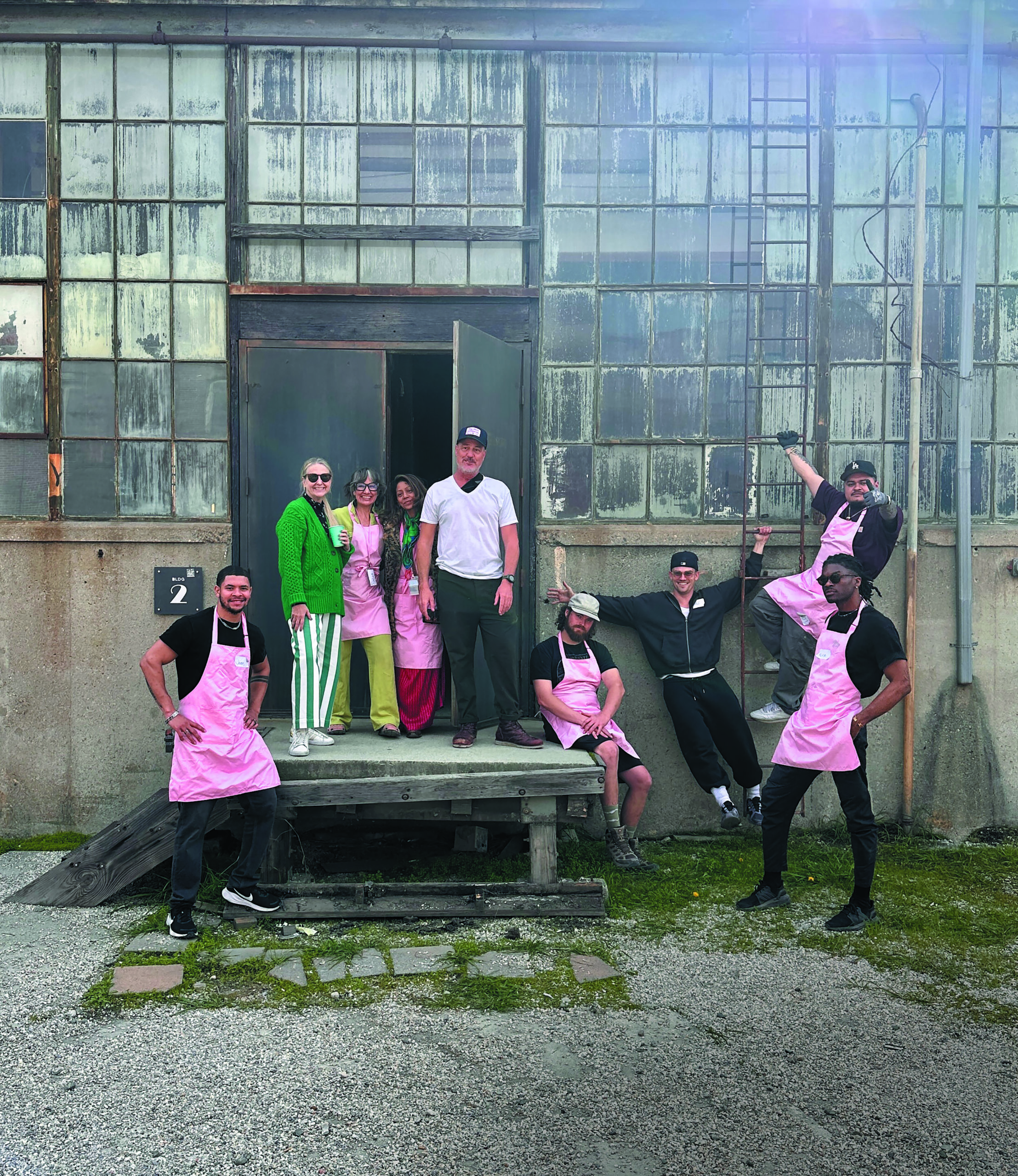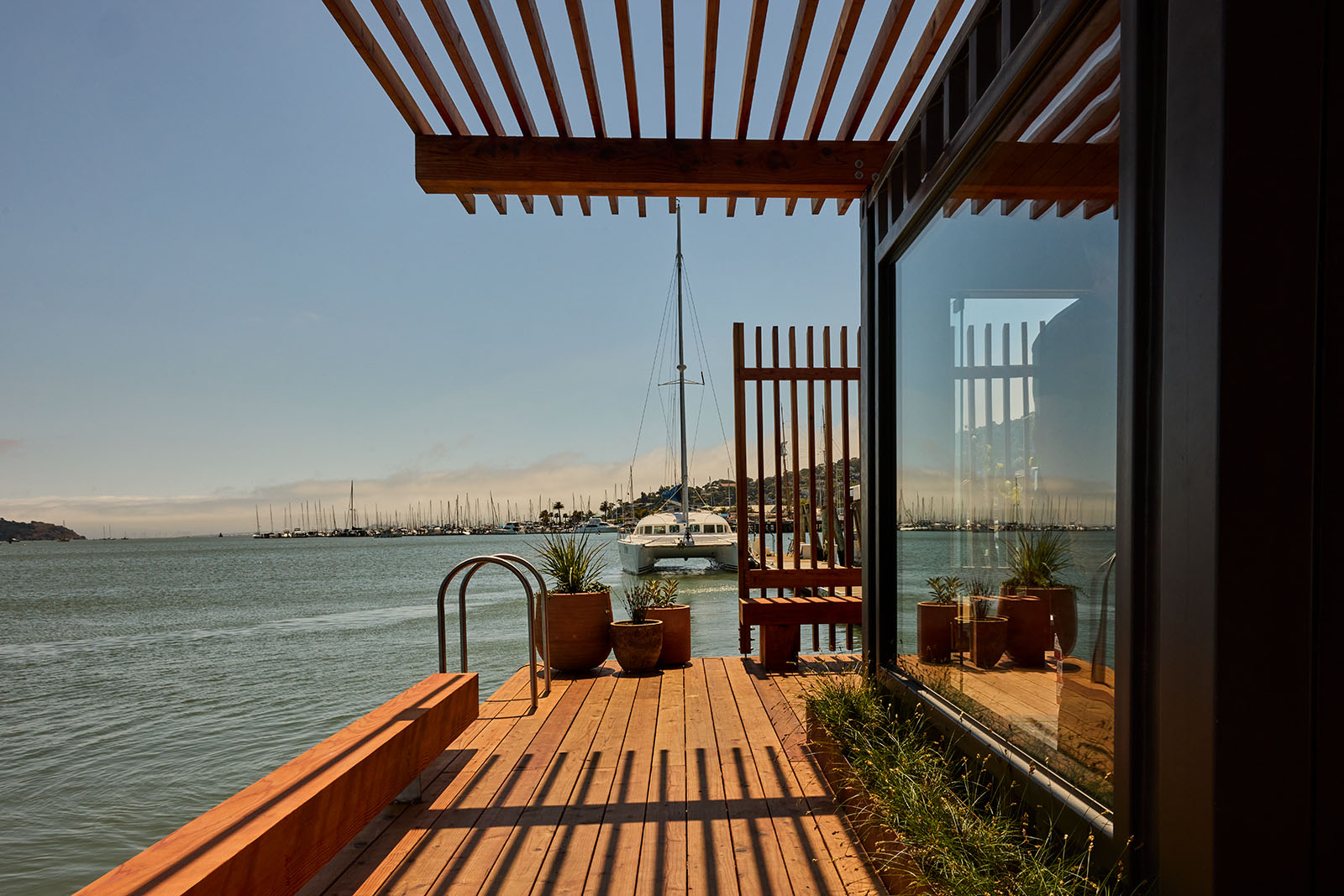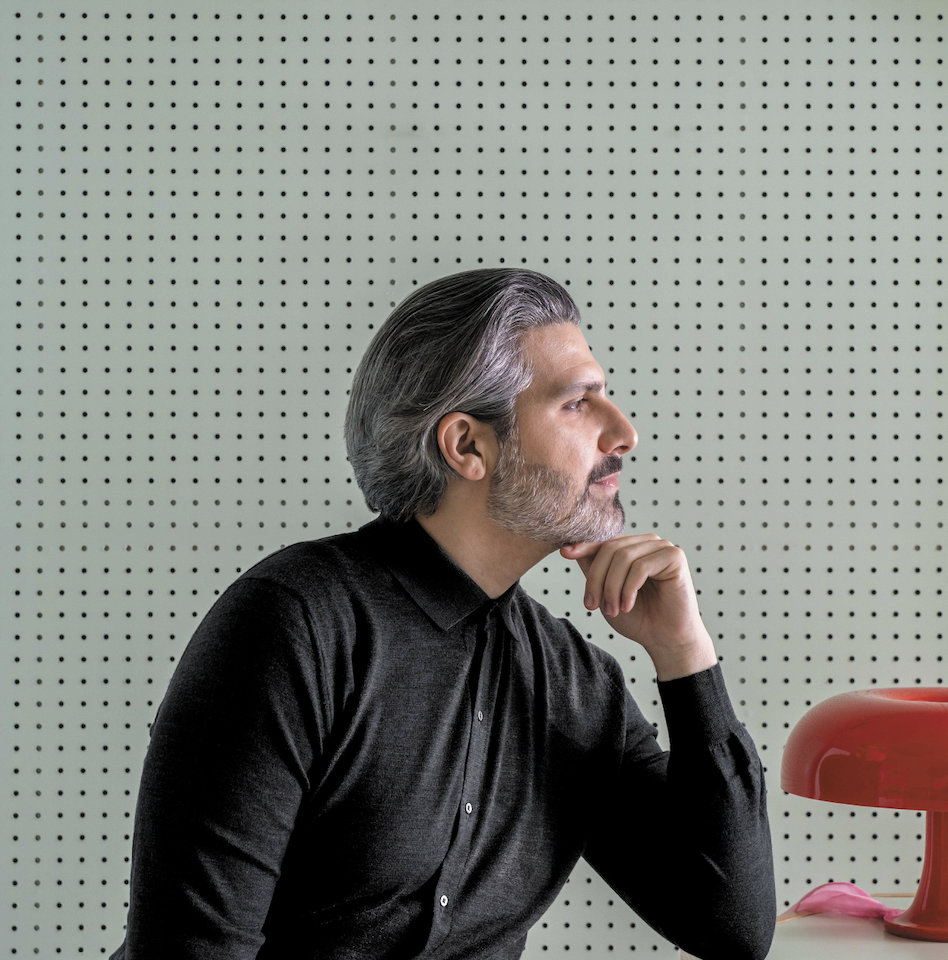Future Forward: The GFDA Shares Member Brian Paquette’s Passion for Low Waste Design
Author:Lindsey ShookThe Good Future Design Alliance has been hard at work bringing the low-waste movement to the forefront of the design and build industry. Started in San Francisco by the founder Katie Storey, the GFDA brings like-minded industry professionals together, sharing tools, resources, and education. New GFDA chapters have been opening and operating nationally, and the latest chapter in Washington just launched. Here, Storey shares a recent discussion with one of the GFDA members, Brian Paquette of Brian Paquette interiors, about his enthusiasm and approach to low-waste design.
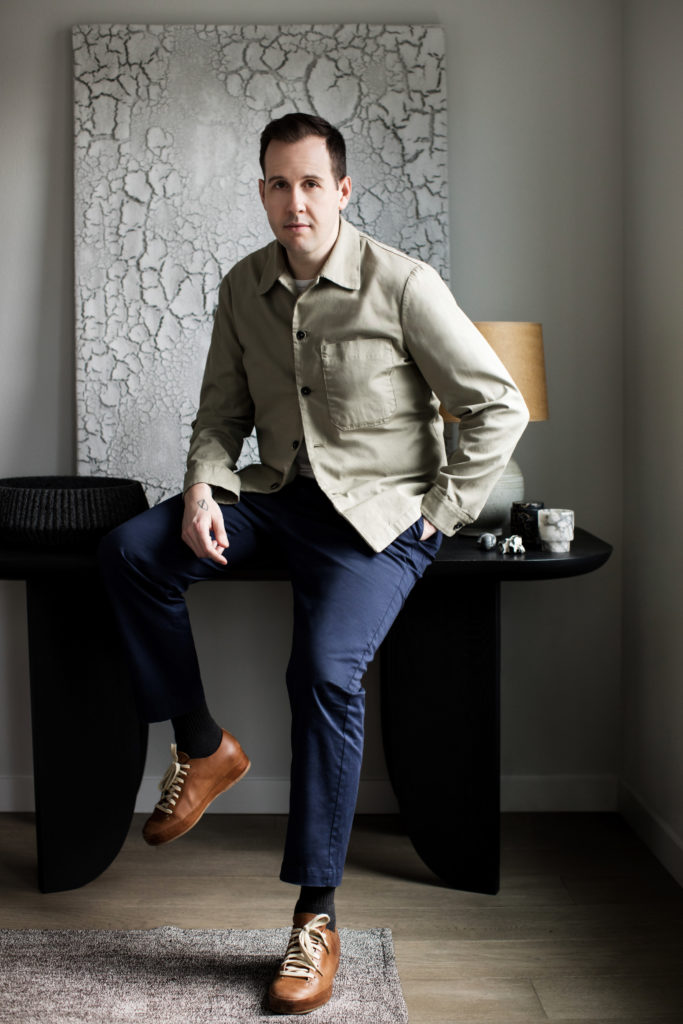
–How do you incorporate low-waste into your projects? The goal for us in working with clients is to ensure that we are making lasting decisions in their spaces. The selection of architecturally appropriate materials that aren’t trendy ensures fewer changes down the road. With furnishings, we educate our clients on investing in the highest quality upholstery, rugs and case goods that they will have for many years and pass down to their children. Low-waste isn’t all about using vintage and antique pieces everywhere, it’s also about being slow and conscientious about the things you are purchasing and keeping those things for a long time.
–What do you take into consideration when sourcing for projects? We look for companies that use FSC wood [a certification for sustainably managed forests/ harvested wood] and materials with low to no off-gassing. We work with mostly domestic producers to keep shipping impact down and work with small brands that are like-minded when it comes to their production practices and interest in their impact on the environment.
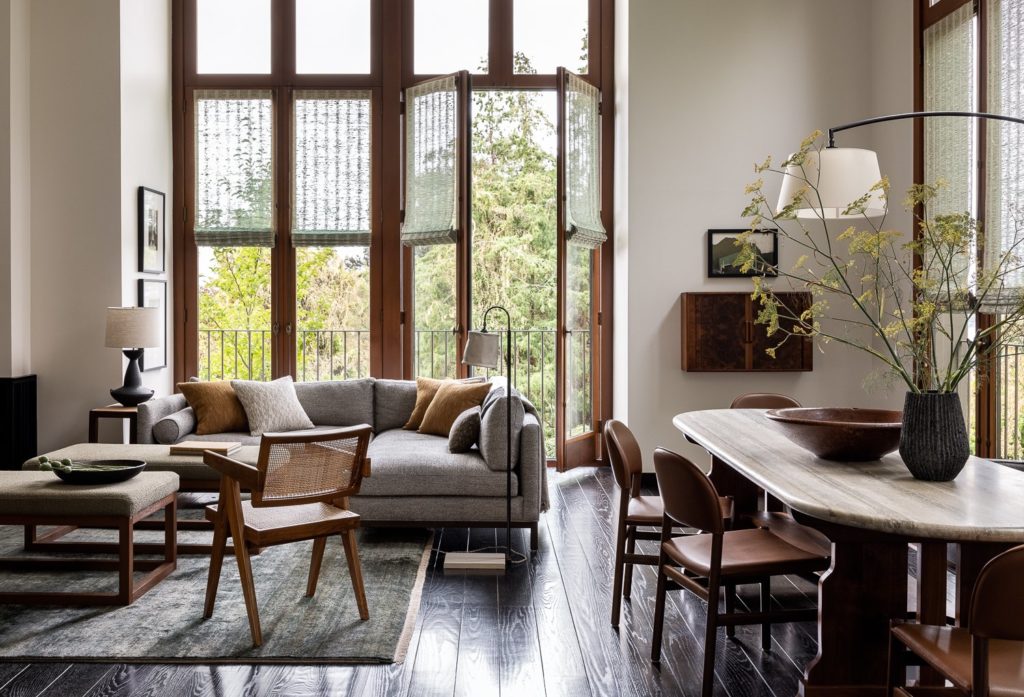
–How do you think designers can overcome hurdles to becoming more sustainable and what mental blocks can we help break down? The biggest mental block we hear about is the amount they would need to change to feel that they are making any difference. There is no doubt we will create waste, this is not about being perfect. This is about taking a look at your current operations, vendors and partnerships and focusing where you can, seeing the difference, and adding more and more low-waste practices into your daily activities.
–Why did you decide to become a member of the GFDA Seattle? I wanted to be a part of the solution and not an echo chamber for our own little firm. We already think about this stuff all the time—if not join now and be a part of the larger solution—then what’s the point? We are a small tight-knit group of creatives in Seattle and I knew we could make a difference.
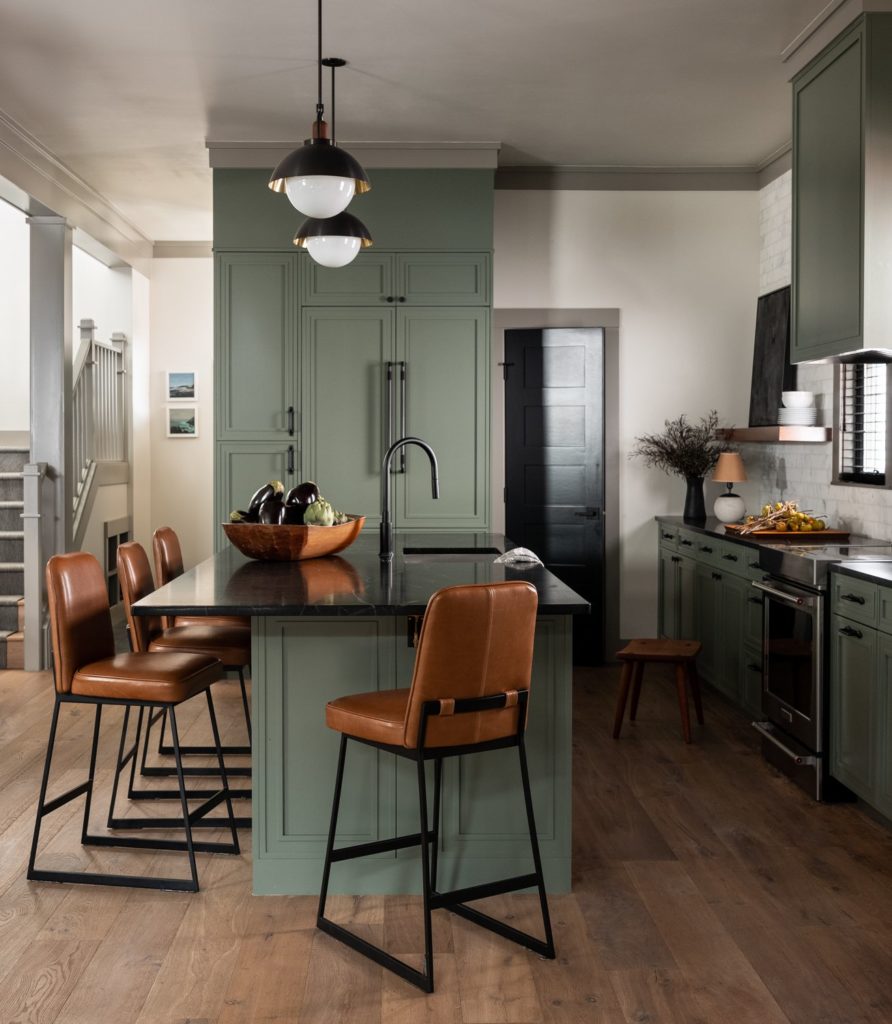
–What would you like to see happen in Seattle? Seattle is already such a green and environmentally thoughtful place to live and work, we have the knowledge and experience, so I want to see us take that knowledge and the learnings from other chapters and spread it to areas that need it.
–What would you consider a successful chapter? An active chapter that doesn’t have to do the work to convince people to join, but one that gets excited by all of the outside excitement to join in. On that note, there’s a GFDA event for Seattle Design Week in August – come see us!




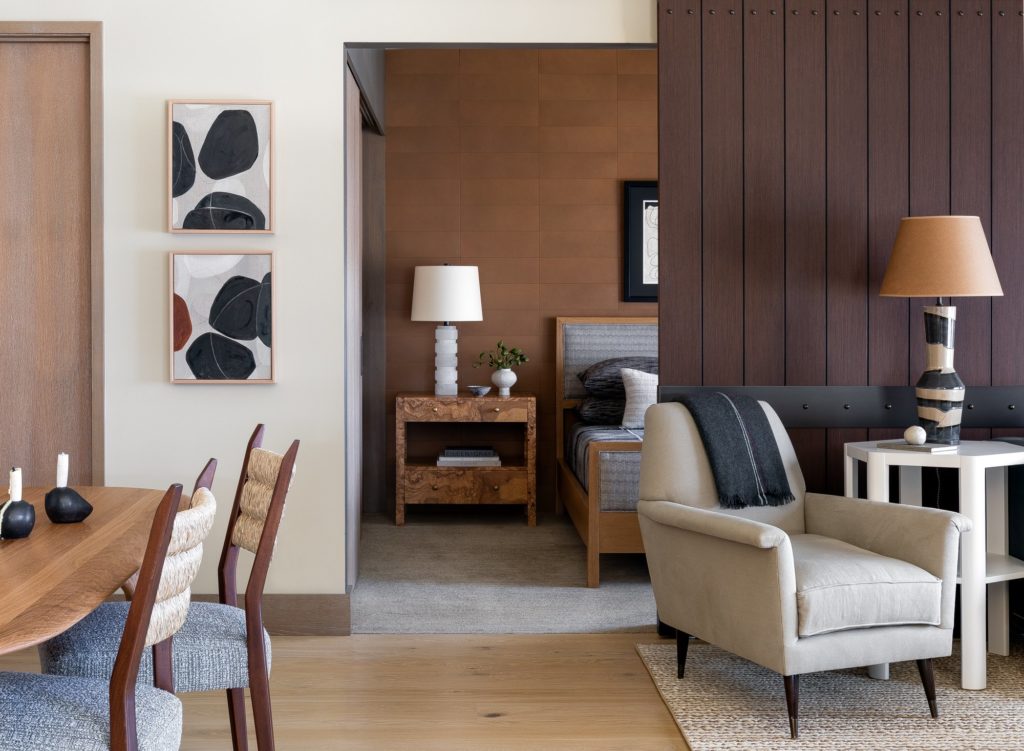 Photo by Haris Kenjar.
Photo by Haris Kenjar.